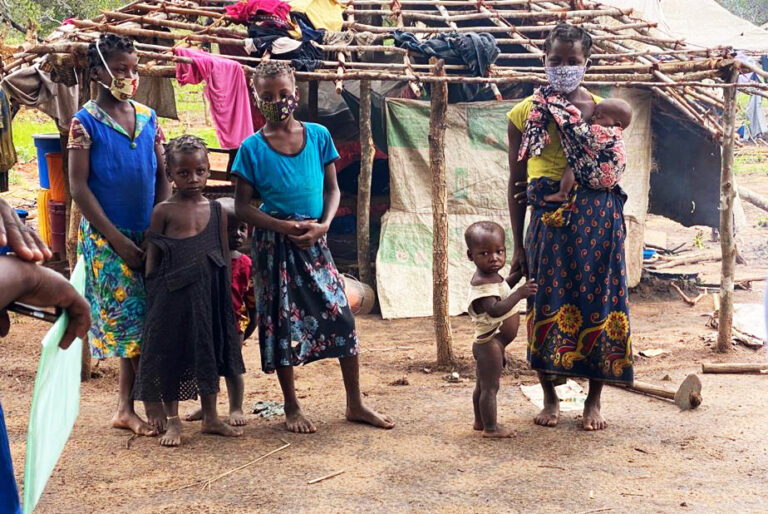
From October 2017 to October 2020, insurgents carried out more than 600 terrorist attacks in the northern and central districts of Cabo Delgado province, causing around 2000 deaths among the population, of which more than 60% were civilians. In addition to the barbarity in the form of action, the most visible face of the attacks in Cabo Delgado is the growing number of internally displaced people, which reached more than 300,000 by the end of September 2020, corresponding to around 13% of the province's population Northern Cabo Delgado. Mass attacks in the districts of Cabo Delgado province contributed to the rapid increase in the number of displaced population in Mozambique in the last two years ̧ namely 2019 and 2020. By the end of 2018, Mozambique had about 15 000 internally displaced persons caused by by the armed conflicts in Cabo Delgado and the central region. By October 19, 2020, the total number of displaced people in the country had risen to 424,202, as a result of the intensification of armed attacks in Cabo Delgado and also in the central region. Thus, there was an increase of more than 2,700 % displaced in just two years. With the Mozambican population estimated at around 29 million inhabitants, around 424 000 (1.4%) live as displaced people, corresponding to 86 562 families, of which only 3 981 are sheltered in 13 accommodation centers created by the Government and partners . The centers are distributed over the provinces of Cabo Delgado (six), Nampula (four), Niassa (one) and Manica (two). Zambézia, Sofala and Inhambane are other provinces that receive displaced people, but without any accommodation center created for that purpose. The displaced are hosted by host families, for the most part, without the minimum conditions to guarantee them the basic conditions of survival. Altogether, only 4.6% of the displaced families are in accommodation centers. The Center for Public Integrity (CIP) carried out a field study on the situation of IDPs in Cabo Delgado and Nampula provinces and in this report presents the main findings and recommendations.

